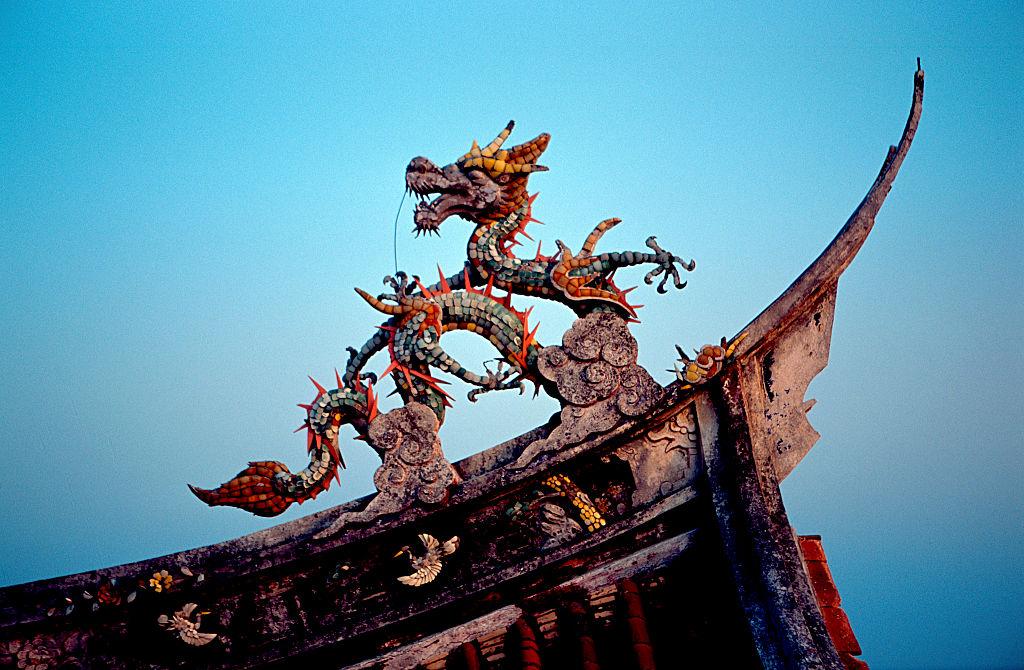
On 12 September, the State Council of the People’s Republic of China and the Central Committee of the Chinese Communist Party issued a ‘Proposal on supporting Fujian Province in exploring a new path for the integrated development across the Taiwan Strait’.
The PRC system produces a great many policy statements about Taiwan. In 2022, it released a white paper on the Taiwan question, only the third since 1992, and CCP Chairman Xi Jinping gave a major, and disastrously timed, Taiwan speech in 2019. Whether the new statement is consequential may only become clear in the months and years ahead, but it does contain some notable features.
The statement outlines institutional, social and governance integration between Taiwan and Fujian. It calls for relaxing Taiwanese residency rules in Fujian and proposes allowing Taiwanese to participate in non-government organisations concerned with issues like environmental protection and rural development, and even take up non-official roles in Fujian’s legal system.
The statement requires local governments to facilitate the operation of Taiwanese businesses by easing regulations and it describes the establishment of an ‘integrated development demonstration zone’.
It also emphasises Taiwan’s and Fujian’s shared cultural and historical connections, including the Minnan language, and notes the importance of Quanzhou and Zhangzhou as ancestral towns in Fujian for many Taiwanese.
In a broad sense, social and economic cross-strait convergence is a longstanding PRC theme. It is generally what Beijing means by ‘peaceful reunification’ and what it points to when it claims that ‘the tide of history’ is bringing Taiwan and China naturally together. Integrating Taiwan’s economy with Fujian’s has come up many times before, recently in the proposal for a Fujian export zone in 2009 and the trade zone established in 2015.
However, highlighting a shared Fujian and Taiwan identity is interesting coming from the very top of the PRC system.
Generally, Beijing places the status of Taiwan within historical national goals—what Xi calls the great rejuvenation of the Chinese nation—and nationalist rhetoric about Taiwanese people as ‘flesh and blood’ Chinese.
The new statement focuses instead on the Minnan culture and ancestry of people who settled in Taiwan from the 17th century. These groups came mostly from Zhangzhou and Quanzhou in Fujian with successive imperial regimes: the Dutch in the mid-17th century, then the exiled Ming loyalist kingdom of Koxinga and then the Qing empire. The Qing never had full control over Taiwan, and in 1895 ceded the whole island to Japan under the Treaty of Shimonseki. In the Japanese period, among many social and economic changes, Minnan cultural identities articulated into political and cultural movements for self-determination in the name of a singular Taiwanese identity.
The Republic of China, founded in 1912 under the Chinese Nationalists, or Kuomingtang (KMT), took over Taiwan in 1945 from Japan in the first attempt at national unification. This led to the anti–Chinese Nationalist uprising of 1947, crushed by Nationalist forces, followed by the arrival of the national government of the ROC and the flight of more than one million refugees from the advancing communists in 1949.
The establishment of the ROC created schisms in Taiwanese society between so-called mainlanders and the majority Taiwanese. Even though it’s no longer the febrile divide it once was, it can still be expressed in a north–south sentiment and in class identities. In the democracy era at the national level it is represented very approximately in the political bases of the Democratic Progressive Party (DPP) and the KMT.
Beijing has long considered party-to-party relations between the CCP and KMT as the only instrument of cross-strait dialogue; it has refused to engage with, or really even comprehend, Taiwan’s DPP government. Therefore, it is noteworthy that this statement speaks to the DPP indirectly through the party’s constituency.
But it does so in Beijing’s typically reductive and instrumental way and its policy measures are unlikely to mobilise authentic sentiment in Taiwan or Fujian. The questions of history, reconciliation and identity have been at the centre of Taiwan’s public life for decades. It is now 30 years since the newspaper United Daily News sent three well-known writers, Wang Hao-wei, Jian Zhen and Jiliang Hou, to Quanzhou and Zhangzhou to visit their lineage temple halls and record their experiences. They returned not with any commitment to the goals of the CCP but with thoughtful and varied reflections on ancestry, identity and the meaning of home.
Officially, Taiwan’s Mainland Affairs Council dismissed the statement as ‘wishful thinking’ and in the week of its release, the People’s Liberation Army escalated its military activity around Taiwan, with 68 aircraft deployed at one point.
Ultimately, the statement shows that Taiwan policy work in Beijing consumes significant government resources and carries enormous political weight but is simultaneously constrained by the CCP’s ideological fixations. It matters that a statement comes from the very top of the PRC system that adjusts the boundaries of policy, but equally that it is a fractional shift beset by contradictory actions from other parts of the system. It goes nowhere near to addressing, or even understanding, Taiwan’s social and political reality and what would actually be required to achieve Beijing’s goals without tipping the region into a permanent crisis.
For Australia, continuing peace in the Taiwan Strait is a fundamental national interest, but Canberra has no means to effect any change to Beijing’s Taiwan policy. This is a very challenging foreign policy problem, but Australia but it can deepen its own Taiwan policy work to deliver more calibrated and agile responses to Beijing and communicate its interests from a more grounded and informed position.